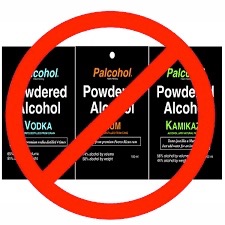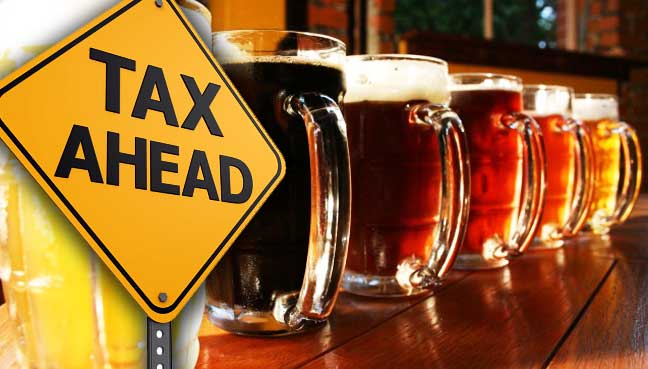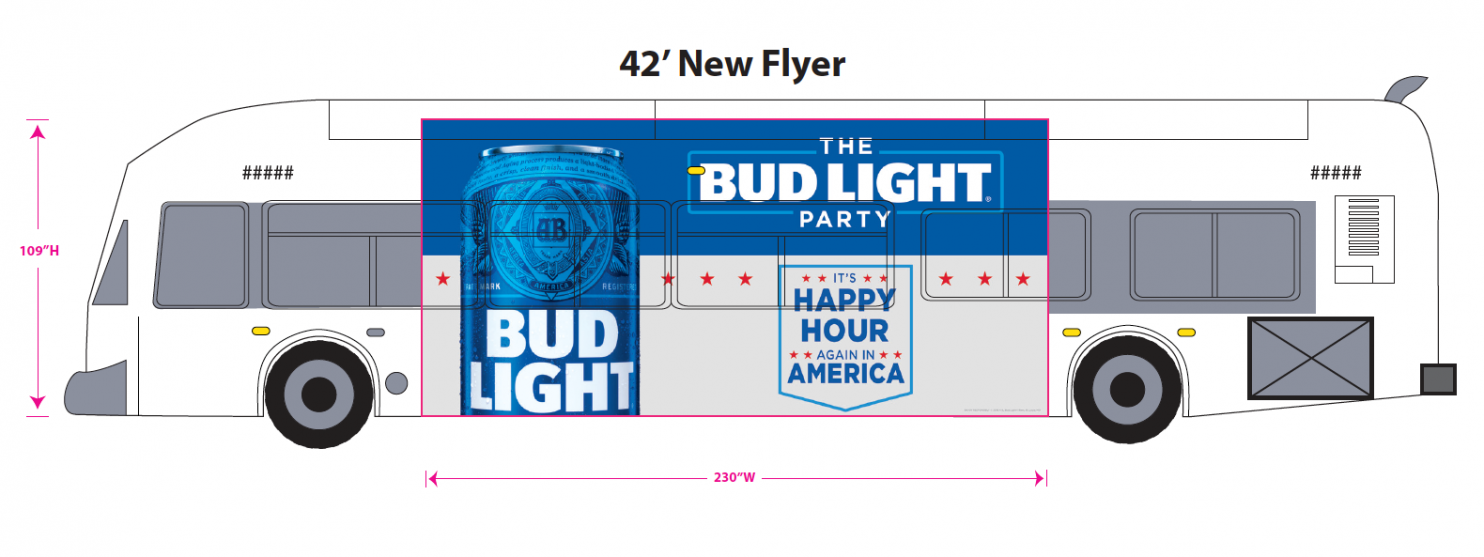Blog
Search
Blog
California Assembly Committee Delivers 2nd Punch to Powdered Alcohol
- Details
- Created: Wednesday, March 30 2016 14:57
April 6, 2016

On April 6th, the second of two state bills to ban powdered alcohol in California have been passed by the Assembly Committee on Government Organization (GO).
AB 1554, and an identical measure in the Senate (SB 819 - authored by Senator Bob Huff, R- Diamond Bar), will create a comprehensive pre-emptive stop to a chilling litany of health and safety concerns associated with powdered or crystalline alcohol. The bills will prohibit the possession, purchase, sale, offer for sale, distribution, manufacture, or use of powdered alcohol and would make the violation of these provisions punishable with a fine.
AB 1554 passed by unanimous vote with no opposition in the GO Committee and will now move through one more committee before being voted upon by the full Assembly. In the Senate, the Appropriations Committee will review SB 819, Senator Huff’s powdered alcohol ban bill, on Monday April 11. That bill passed through the Senate GO Committee on a unanimous vote early last month.
As of March 2016, thirty states have enacted bans on powdered and/or crystalline alcohol with legislation or regulatory administrative action. An additional 9 states have introduced legislation to ban powdered alcohol since the beginning of the year: California, Florida, Idaho, Maryland, Massachusetts, Mississippi, Missouri, Rhode Island, and West Virginia.
View the full press release here: http://bit.ly/23eoTuS
To TAKE ACTION: http://bit.ly/1x1qvbT
Malaysia Increases Alcohol Tax by 10%
- Details
- Created: Wednesday, March 30 2016 12:20
March 30, 2016

A 10% increase in alcohol prices would lead to 3-10% decreases in societal alcohol consumption.
For more information on the best practices for reducing alcohol related harm, see our fact sheets below:
Raising Alcohol Taxes Reduces Harm
Increasing Alcohol Taxes - Reality vs. Industry Myths
Alcohol Ads on Public Transit: Can They Be Stopped?
- Details
- Created: Monday, March 14 2016 18:00
March 14, 2016

A robust panel discussion led by Alcohol Justice's Bruce Lee Livingston will take place at the Alcohol Policy 17 Conference in Arlington, VA on Friday April 8, 2016.
The panel will include:
Bruce Livingston, MPP
Alcohol Justice
Robert Pezzolesi, MPH
New York Alcohol Policy Alliance
Michael Siegel, PhD
Boston University School of Public Health
Diane Riibe, Moderator
U.S. Alcohol Policy Alliance
Model laws exist in San Francisco, Seattle, and Philadelphia to ban advertising on public transit. Currently 19 major transit agencies in the nation do not allow alcohol advertising. New York City’s Public Transit and the City of Chicago still allow alcohol advertising that is viewed by millions of children every school day. Other transit agencies continually backslide, for example, a recent attempt at the DC Metro system. Success is much more difficult where state governments have primary authority, such as in New York and Massachusetts.
This panel includes researchers and advocates from throughout the country who will gather together to compare notes and share strategies. A sustained effort from 2006 to 2010 in the San Francisco Bay Area drove alcohol ads off of BARTand MUNI. An effort in Los Angeles from 2010 to 2015 ended with a City of Los Angeles ordinance that ends alcohol ads on city buses, benches, and bus stops. Boston advocates have been mostly successful through long-term efforts, while a New York City effort has begun, highlighted at BAAFT.org.
The panelists will look at the national research in Alcohol Justice’s 2013 report, “These Bus Ads Don’t Stop for Children.” The following questions will be up for discussion: Can local efforts be coordinated nationally? Are there state or federal transportation funding handles for organizing? How is the cost-benefit for the public integrated into the transit agency calculations, if at all? How can the agencies be better tracked? Can communities control alcohol ads on other public property, such as airports, train stations, and sports venues?
For more info & to register for AP 17: http://www.alcoholpolicyconference.org/
More Articles ...
Subcategories
Help us hold Big Alcohol accountable for the harm its products cause.
| GET ACTION ALERTS AND eNEWS |
STAY CONNECTED    |
CONTACT US 24 Belvedere St. San Rafael, CA 94901 415-456-5692 |
SUPPORT US Terms of Service & Privacy Policy |
Copyright © 2025 Alcohol Justice. All Rights Reserved.
Joomla! is Free Software released under the GNU General Public License.


